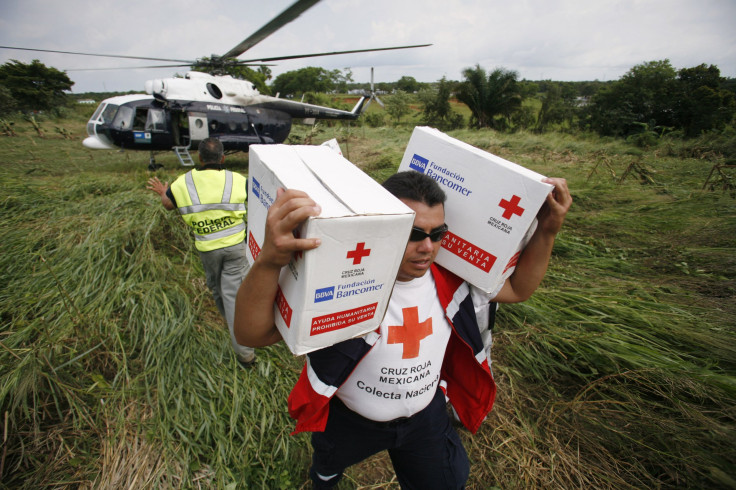World Red Cross Day 2015: Facts, How It Got Started By Henry Dunant

Friday is World Red Cross and Red Crescent Day, an annual observance that falls on the birthday of the movement's founder, Henry Dunant. The holiday celebrates not only Dunant but also the International Red Cross and Red Crescent Movement's seven fundamental principles: humanity, impartiality, neutrality, independence, voluntary service, unity and universality. Overall, the movement aims to help people by alleviating suffering and promoting peace through its societies, international committee and federation.
Dunant was born on May 8, 1828 in Geneva, Switzerland, but the idea for the Red Cross didn't come for about 30 years, according to the International Federation of Red Cross and Red Crescent Societies website. On June 24, 1859, Dunant found himself at the scene of the Battle of Solferino in Italy, a fight between Austrian army and the Franco-Sardinian alliance. About 40,000 people were laying on the ground dead or injured. Dunant, horrified, instructed civilians to help the soldiers. He later wrote a book about the experience.
That book contained the concept for the Red Cross, a series of national volunteer groups that would care for people injured in war. Dunant worked with the Geneva Society for Public Welfare and other European leaders to hold a conference in October 1863. The next year, 12 countries signed the Geneva Convention. They decided on a universal symbol -- a red cross on a white background -- so people everywhere could recognize the aid workers as medical personnel. Countries were later allowed to use a red crescent or red crystal.
Dunant later became bankrupt and ill, but in 1901 he won the first Nobel Peace Prize. The International Federation of Red Cross and Red Crescent Societies came together in 1919 and is now present in 189 countries.
Here are a few facts about the largest humanitarian network in the world, compiled from its annual report, American Red Cross and U.S. News and World Report:
- The international Red Cross movement collected more than $3.2 billion after the Indian Ocean tsunami in 2004.
- It has more than 97 million staff, members and volunteers.
- It has won three Nobel Peace Prizes, in 1917, 1944 and 1963.
- In 2013, it treated more than 8.2 million patients and fed more than 6.7 million people.
- The American Red Cross provides about half of the United States' blood supply.
- The American Red Cross holds more than 120,000 blood drives a year.
- World Red Cross and Red Crescent Day has been celebrated since 1948.
© Copyright IBTimes 2024. All rights reserved.












